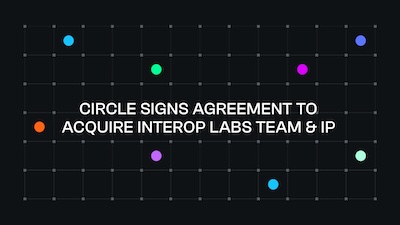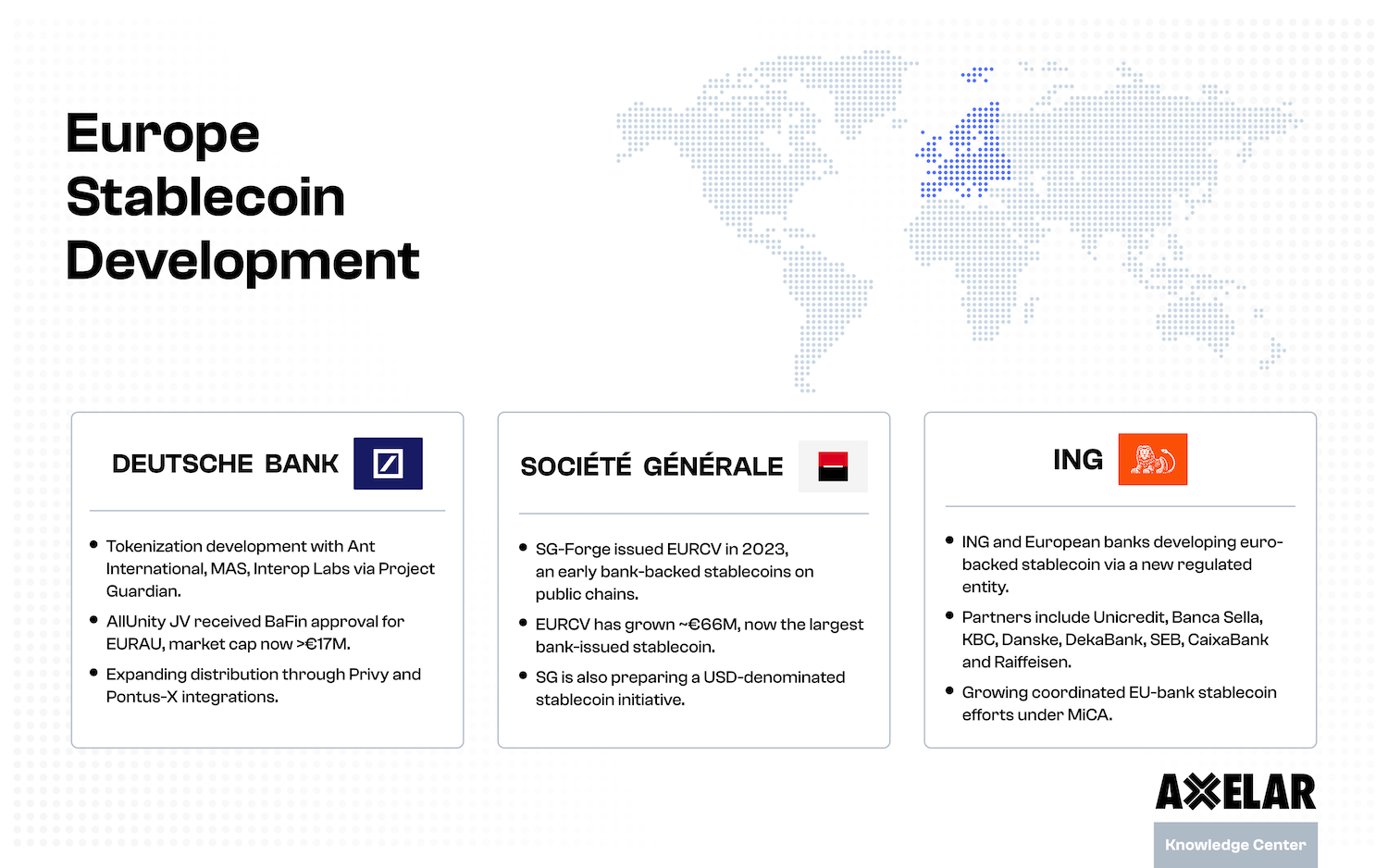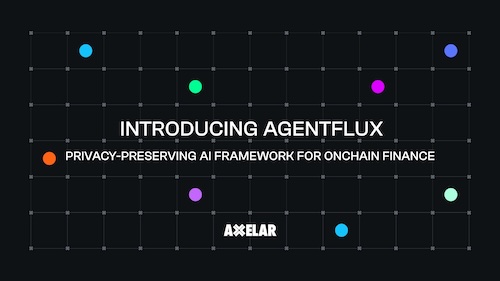The AXL Token & the Interchain Future
Table of Contents


$AXL is the native, proof-of-stake token of Axelar network, supporting the smart-contract functionality that makes Axelar a programmable interchain layer spanning Web3.
Recently, Axelar Foundation published a detailed blog post summarizing the features of $AXL — what it is used for on Axelar network, and how benefits accrue to the tokenholders and validators who use the token to provide services supporting the network.
Unlike cross-chain bridges, Axelar enables General Message Passing (GMP). This means applications that connect to the interchain can compose liquidity and compute across blockchains, connecting functionalities and networks seamlessly and securely.
Just as Axelar GMP makes the interchain environment programmable, $AXL supports programmability at the interchain layer itself, allowing for an open marketplace of services and advanced developer tooling. It's something we call full-stack interoperability and it's essential to support the next wave of Web3 developers.
The full blog post is here. Below are a few of the key points, which also act as a summary of the benefits of using a blockchain in cross-chain communication: much of the robust security and feature-rich logic described here cannot be achieved by other cross-chain systems.

- Axelar is a blockchain that connects blockchains. To do this securely, Axelar network uses battle-tested proof-of-stake consensus. Network validators produce new blocks, participate in multiparty signing and vote on external chain states. Tokenholders stake $AXL, delegating tokens to a validator’s staking pool and receiving rewards, minus the validator’s commission.
- $AXL is used for governance, allowing stakers to exercise governance over proposals, such as a parameter change or protocol upgrade.
- $AXL is used to pay network transaction fees to validators and tokenholders, but users of the Axelar network do not need to hold the token. Conversions into $AXL tokens and destination-chain tokens are handled on the back end via smart-contract logic, so that users need only pay gas once, in the source-chain token.
- Axelar network rewards are “inflationary” — they increase the total supply of $AXL — but there is potential for supply to become deflationary based on the transaction fee mechanic described above. If there is change from conversions and fee payments on other chains, that change may be partially refunded to users and/or used in buyback-and-burn programs.
Please read the full post, The AXL Token & the Interchain Future.
If you’re expecting to be a tokenholder, once the token goes live, please visit our page aggregating information for tokenholders. There, you will find tutorials for Cosmostation, Ledger and Keplr wallet set-up, plus guides to staking and bridging native AXL to and from other blockchains.
One important piece of information for $AXL tokenholders: $AXL exists as both the native token and a wrapped, ERC-20 token, often represented on exchanges as WAXL. Each exchange has their own naming conventions so please read exchange documents carefully and review our blog post explaining the difference between $AXL and WAXL. Tokens sent to incompatible addresses may be lost.


